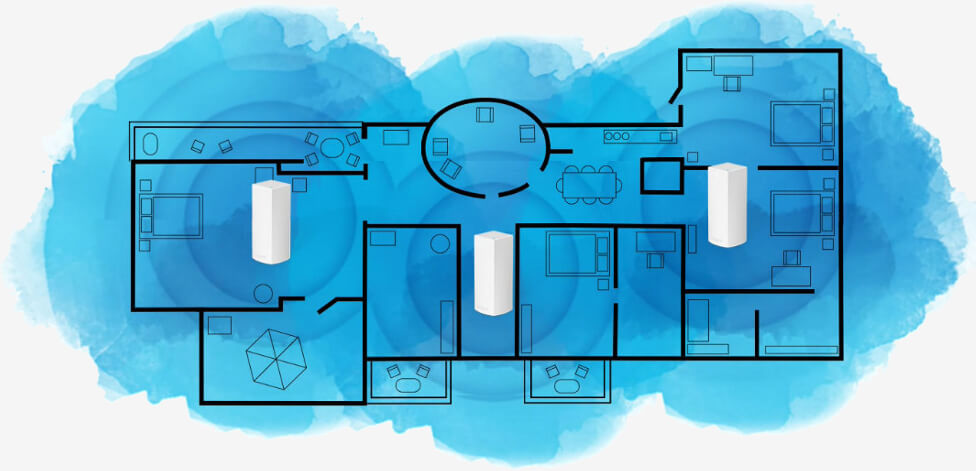Mesh networking has become increasingly popular in recent years as an effective way to blanket a large space with Wi-Fi coverage. One of its major shortcomings, however, has to do with brand loyalty. In short, once you invest in gear from a particular brand, you're stuck with them unless you want to replace the whole system.
Fortunately, that might not always be the case.
The Wi-Fi Alliance, the non-profit organization that oversees Wi-Fi technology, has introduced a new certification program called Wi-Fi EasyMesh that aims to unchain consumers. Essentially, it'll deliver a standards-based approach to mesh networking, allowing access points from different vendors to work seamlessly with each other.
In other words, when shopping for gear, you'll be able to look for the EasyMesh certification and know that whichever products you buy will work together.

EasyMesh networks consist of two main components - a device acting as a network controller and one or more devices acting as agents. As Wi-Fi Alliance marketing VP Kevin Robinson explained to PC World, the controller resides in one device on the network - either in a gateway or access point - where it manages all of the other devices on the network and dictates how they connect to each other. Agents are in the mesh access points.
Mechanisms used by Wi-Fi EasyMesh include:
- Onboarding, discovery and configuration: New Wi-Fi EasyMesh AP devices automatically connect and establish their role as controller or agent.
- Channel and network management: Wi-Fi EasyMesh controllers collect preference data such as channel preferences from Wi-Fi EasyMesh agents to effectively manage the network.
- Capability and metrics reporting: Controllers understand the capabilities of all agents because each agent reports their capabilities, such as throughput, signal strength, and number of radios available.
- Link optimization: Wi-Fi EasyMesh supports multiple connectivity technologies, including Wi-Fi and Ethernet; data paths can also be optimized by the controller depending upon network conditions.
Robinson said EasyMesh is implemented via software so presumably, devices could be certified retroactively. The major hurdle at this stage, it seems, will be actually getting manufacturers to adopt it.
